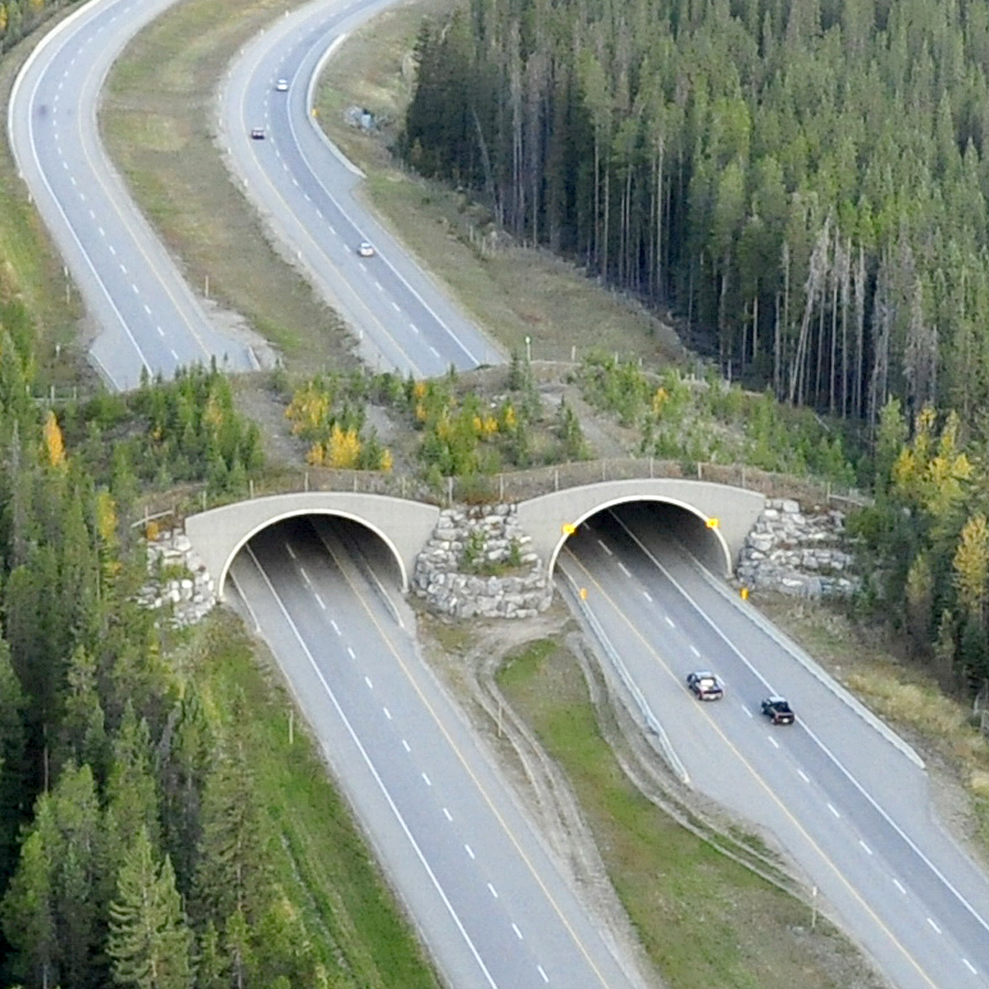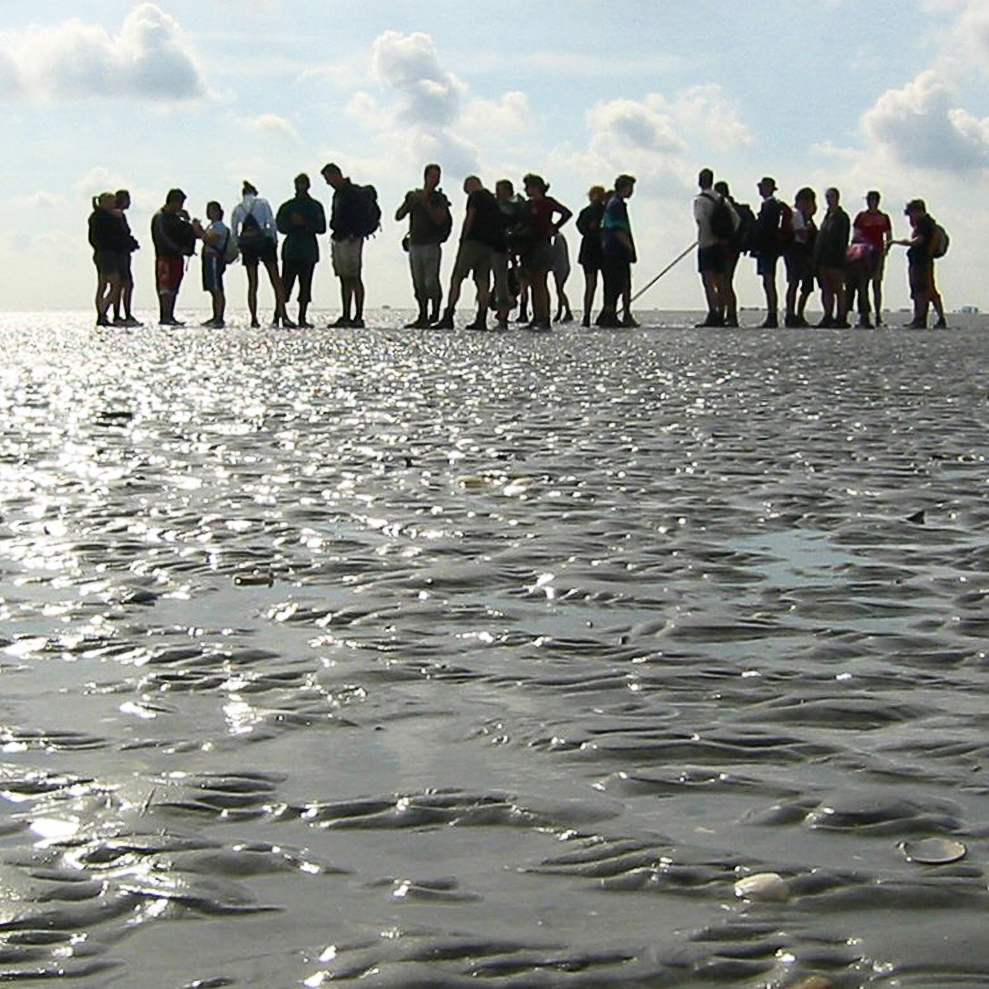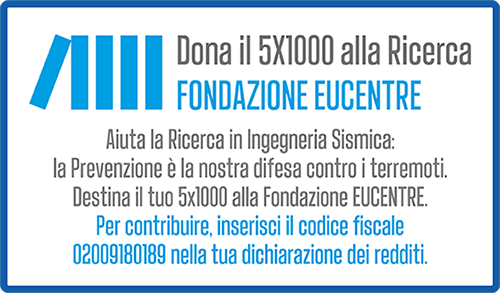
The GREEN Project, “Green infrastructures for disaster risk reduction protection: evidence, policy instruments and marketability (G.A. ECHO/SUB/2016/740172/PREV18)”, is the natural evolution of the ECOSTRESS project, where EUCENTRE started focusing attention to the protection of ecosystem services.
Without concerted action and long-term adaptation planning, future risks are likely to be amplified by on-going human-induced climate change and socio-economic change.
To improve the resilience of society, both structural and non-structural measures on grey and green infrastructure will be needed.
In particular, a greater deployment of nature-based solutions such as green infrastructures (GIs) is being increasingly advocated by European institutions NGO’s, governments and financing bodies as a part of flexible, effective and efficient, and no-regret measures for disaster risk reduction and adaptation to climate change.
GREEN addresses provides the necessary innovation in methods, tools, and solutions to appropriately promote the role of GI for Disaster Risk Reduction and climate change adaptation.
Please find below the project abstract
The damage and losses caused by natural hazards in Europe over the period 1980-2013 amounted to 480 billion Euros in 2013 prices (EEA, 2015). More than 80% of the losses, 393 billion Euros, were caused by extreme weather events (i.e., on average 11.6 billion Euros per year). Without concerted action and long-term adaptation planning, future risks are likely to be amplified by on-going human-induced climate change and socio-economic change.
To improve the resilience of society, both structural and non-structural measures and grey and green infrastructure will be needed. In particular, a greater deployment of nature-based solutions such as green infrastructures (GIs) is being increasingly advocated by European institutions NGO’s, governments and financing bodies as a part of flexible, effective and efficient, and no-regret measures for disaster risk reduction and adaptation to climate change (WWAP 2012, Dawson et al., 2011; EC, 2012, 2013; EEA, 2011, 2014; Kates et al., 2012; Mazza et al., 2011; Naumann et al., 2011).
The rationale behind the promotion of GI-based solutions is that they have the potential to contribute to both risk reduction (including, for example, flood and drought risk) as well as providing ancillary benefits such as positive effects on water quality, recreational amenities, economic resilience in agriculture and the provisioning of a wider range of other ecosystem services (Baro et al. 2015).
Despite this recognized potential grey solutions have often prevailed over green solutions; primarily because grey infrastructure is often perceived to be more effective, efficient and easier to implement.
Although there is plenty of research indicating the potential benefits of GI, demonstration of its practical value for DRR and role in both adaptation planning and sustainable development is lagging behind compared to other solutions and take up has been slow.
This is primarily due to lack of actual applications, experience and coherence in the evidence base showing the direct and indirect benefits of GI solutions. In particular there is a lack of experience and coherence in implementation (including financing) and monitoring of GI solutions, including a lack of tools and methods supporting these processes.
GREEN addresses these shortcomings and provides the necessary innovation in methods, tools, and solutions to appropriately promote the role of GI for DRR and CCA.
To give a proper value to ecosystem services, GREEN proposes solutions to drive towards smart, sustainable and inclusive growth.




